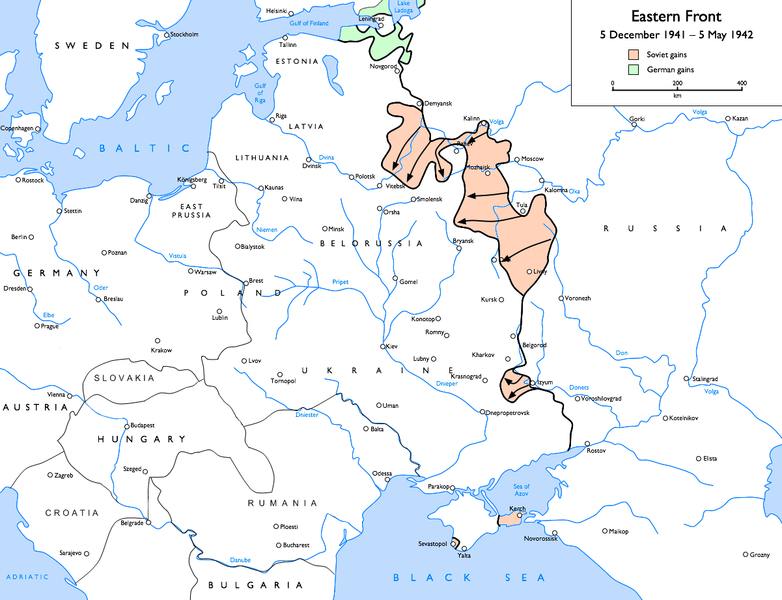Zinegata wrote:If the US was so fully mobilized, then why were industries still expanding, people still getting their consumer goods, and they were still outproducing Germany in all major types of equipment 2:1?
If the US didn't mobilize it's total potential, they wouldn't have outproduced Germany 2:1 in all major types of equipment (though they actually made less field artillery ammunition than Germany). The fact is that the US spent a greater proportion of their national income on equipment (though not on total military expenditures).
Heck, according to your article:
The attempt to compare each nation’s war effort, as a proportion of its national
economy, has been characterized by many sources of confusion. ... Removal of this
distortion shows that, by national income share, by 1943 Germany was the most
highly mobilized of the powers.
Congratulations on saying "The US spent a greater proportion of its economy on the war!", when the whole point of the article is "That particular measure is actually
wrong"
Proportion of national income to war in 1943:
Germany - 60%
USA - 53%
source: the article cited
Size of armed forces, millions of men in 1943:
Germany - 9.48
USA - 9.02
source: The Economics of World War Two, Mark Harrison, page 14
Size of labor force employed on orders for the armed forces in manufacturing in 1943, millions:
USA - 12.26
Germany - 6.48
Already posted the source in the same tread.
Total manpower mobilized for war (millions):
USA - 21.28
Germany - 15.96 (plus the high number of permanent casualties accumulated by 1943, ca. 2 million)
Ratio of spending in munitions to spending in military pay:
USA (1942) - 3.9 (i.e. the US spend nearly 4 times more money in equipment and ammunition than on pay of their men)
USA (1943) - 3.0
Germany (1942) - 0.9
source:
http://www2.warwick.ac.uk/fac/soc/econo ... tprint.pdf, page 7
In other words: in 1943 the US spent 75% of their military budget in supplies, equipments and ammo for their armed forces, while in 1942, Germany spend 53% of their military budget in payment for the personnel and only 47% on supplies, equipment and ammo.
In proportion of their total resources, Germany mobilized a greater proportion of national resources than the USA, since their armed forces were hungry for manpower, and they provided 17.9 million men during WW2 for the Wehrmacht, while the US only mobilized 16.2 million men for their armed forces. However, in proportion of their total resources, the resources mobilized for war production, or the production of munitions for the armed forces (in the broad definition) were smaller in proportion of their total resources, with can be noted from the simple fact that most German factories worked on single shifts while most American factories worked on 2 or 3 shifts. Hence, their industrial capital was more intensively used for war than Germany's. With is obvious considering that Germany had the same stock stock of machine tools, while the US production of equipment was at least twice as large as Germany's (in 1943 it was estimated that the US produced 37.5 billion dollars in armaments while Germany produced 13.8 billion, while both countries had the same stock of 1.5 million machine tools).
That's not because Germany didn't mobilize for total war, but because Germany's resources were mostly allocated to the army, with is hungry for manpower, while the US specialized in the production of equipment for the air force and the navy, with were hungry for equipment. Hence, a greater proportion of the resources available to the US were directed to the production of military equipment than Germany and it is wrong to say that the US production mobilized a smaller proportion of national resources for the industrial war, or war of the factories, than Germany.

